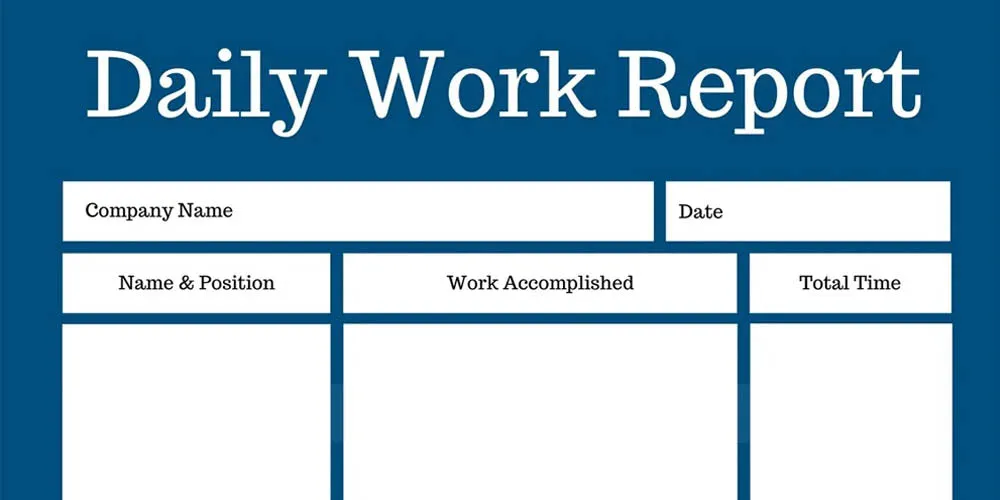Why Work Reports Matter More Than Ever in the Modern Workplace

In an era of constant digital transformation, many traditional business practices are being reshaped for better efficiency—and the humble work report is no exception. Once a paper-based formality, today’s work report has evolved into a powerful tool that helps businesses stay organized, optimize performance, and maintain transparency across teams.
But beyond just being a record of what’s been done, a work report—when used effectively—can become a fundamental part of how a company learns, grows, and improves.
What Exactly Is a Work Report?
At its core, a work report is a structured summary of completed tasks, the time spent on each, challenges encountered, and outcomes achieved. Think of it as a time capsule of your workday, week, or month—a way to reflect on what’s been accomplished and how.
These reports can take many forms, from simple daily notes to detailed monthly summaries. Some businesses use them to track employee hours. Others rely on them to manage projects or improve cost efficiency. Whatever the use case, the goal is the same: to gain a clearer picture of work being done.
The Shift to Digital: More Than Just Convenience
The transition from paper to digital work reports hasn’t just made life easier—it’s revolutionized how teams collaborate. Digital reporting tools allow employees to log their hours in real time, share updates with managers instantly, and store records securely without the risk of paperwork getting lost.
More importantly, they allow for deeper insights. When data from work reports is collected consistently and analyzed over time, it can reveal patterns that inform smarter decision-making—whether that’s allocating resources more effectively or identifying common project bottlenecks.
What Makes a Work Report Actually Useful?
It’s not just about filling out a form—it’s about capturing the right kind of information. The most effective work reports usually include:
- Biographical data – Who did the work, when, and in what department.
- Detailed activity logs – A breakdown of tasks completed, time spent, and key milestones.
- Resource tracking – What tools or materials were used to get the job done.
- Challenges and solutions – Notes on any problems that came up and how they were handled.
- Results – What was achieved, and how it fits into the larger goals.
Types of Work Reports: One Size Doesn’t Fit All
Not all work reports are created equal, and different situations call for different formats:
- Daily reports help teams catch issues early and track small wins.
- Weekly reports allow for better planning and reflection on short-term goals.
- Monthly reports provide a big-picture view and help with long-term planning.
- Project-specific reports are essential for tracking milestones, budgets, and deadlines.
The best systems make it easy to switch between these formats and adapt to the needs of different teams or departments.
Why Standardization Matters
One of the most overlooked aspects of reporting is consistency. When everyone in an organization uses the same format and criteria, it becomes much easier to compare performance, identify trends, and make improvements.
Standardized reports also reduce confusion, cut down on errors, and make onboarding new team members smoother.
The Bottom Line
Work reports aren’t just admin chores—they’re tools for insight, accountability, and growth. As businesses continue to adapt to hybrid and remote work models, clear and consistent reporting will only become more essential.
For those looking to simplify and streamline the process, work report software can help bring structure and clarity to your workflow—without adding extra hassle.
By turning work reports into something meaningful rather than mechanical, businesses can create a more thoughtful and productive work environment.





